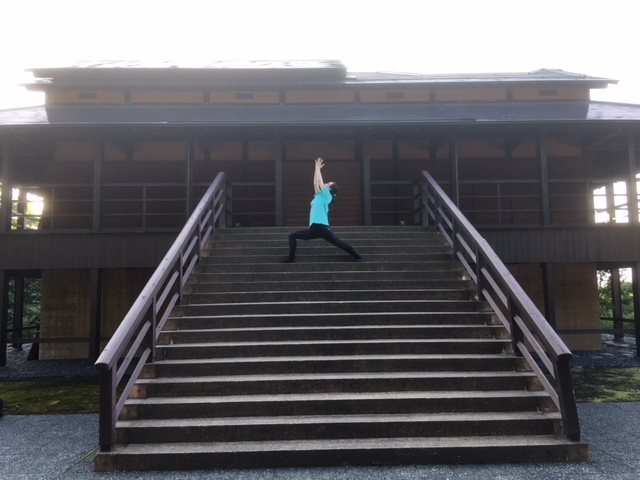
Yoko Nakano

I used to strongly believe that everything should be or had to be in a certain way.
The critical junctures we face in our lives are always some sort of test, and until recently I had always pursued the “correct” solution to those tests.
That approach occasionally gave me satisfactory results, but most of the time it just made life harder for me.
After graduating from medical school, I started my residency and began the road to becoming an anesthesiologist.
Since I had training every day, I did nothing but continue to work tirelessly. But that was the path I chose for myself, and the work itself wasn’t troublesome.
Still, when an emergency surgery ran through the night, I would work all the way until the following night without resting. My mind and body would sometimes send me SOS signals, but I had no idea how to react to them.
I didn’t know how to break free of my circumstances. So that was the state I was in: a constant feeling that something was wrong with my body.
I always told myself that “If you complain, you’ve already lost the battle.”
At this time, I returned to the Kantō region to get married. I decided on a whim to participate in a yoga studio located within a sports gym near my home (looking back now, it feels like I was somehow drawn to the studio).
I was shocked by the sensation of being filled with the pieces I was sorely lacking. Now convinced, I told myself, “This is what I’ve been looking for.”
There are no mistakes in yoga. Or put another way, all interpretations are correct in yoga.
Take the pigeon pose, for example.
There is a pigeon pose that uses one foot and one that uses both feet, in addition to several other variations.
It’s not a matter of which one is correct, or which form is the perfect one. They are all correct.
Encountering this yogic concept of “all is correct, there are no wrong answers” lightened my spirit greatly.
I learned from yoga that it’s OK if I don’t base all my decisions on a simple dichotomy of right and wrong, and this knowledge made me feel as if my third eye had opened somehow.
Yoga quickly eliminated the terrible stiffness in my shoulders that even my massage chair which cost hundreds of thousands of yen could not cure. It also got rid of the rash that had been appearing across my entire face, and before long it freed me from the feeling of being trapped in a downward spiral. My mood became more positive and my daily life felt increasingly vivacious.
As yoga became more intimately connected to my life, I began to want to help people who felt physical discomfort but didn’t have a specific diagnosis or the need to take medication.
When I took maternity leave after giving birth to my first child, I decided to take a 200-hour training course to become a registered yoga teacher (RYT). I was given the opportunity to study yoga in-depth.
Until that point, I had done nothing but wait for patients at the hospital. I knew I could still work as an anesthesiologist at the hospital, of course, but I now had a burning desire to be involved in something outside of the hospital (like providing health information or yoga services) that could help people who want to get healthier, people who feel physical discomfort but not enough to go to the doctor, and people who want to attend a yoga studio but cannot. That motivation led me to found MEDCAREYOGA.
Western medicine can be a fickle thing; sometimes it seems capable of curing anything, and other times it seems pointless. I believed that I could succeed precisely because I was aware of this fact and its limitation.
I’m still learning about yoga, but my hope is to help people live the lives they want to in any way I can.

